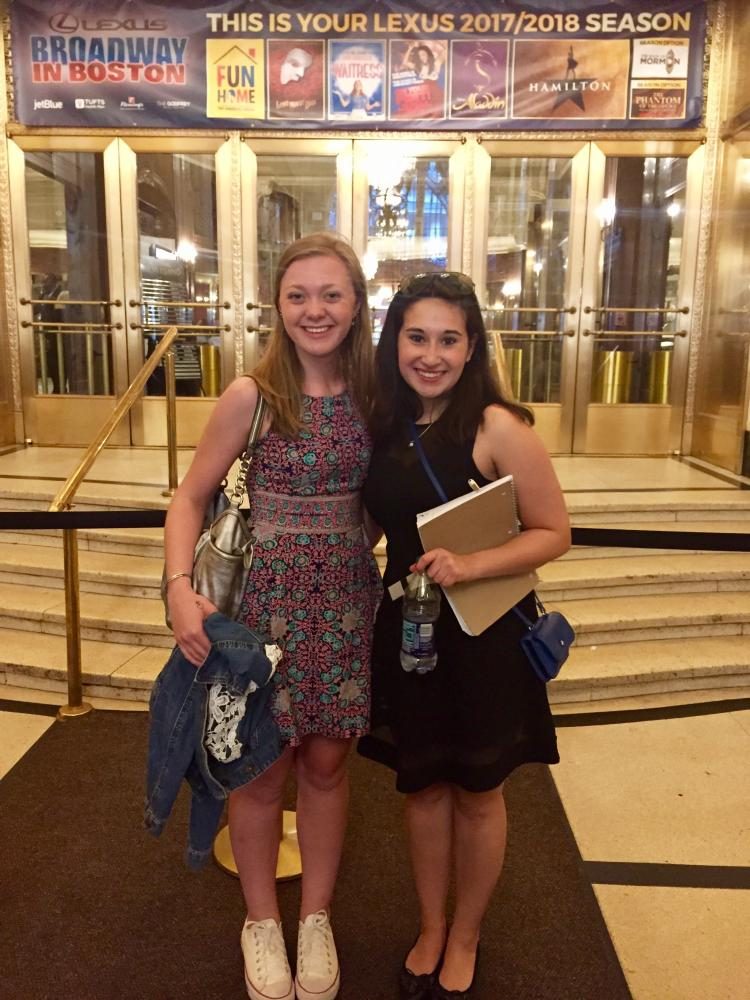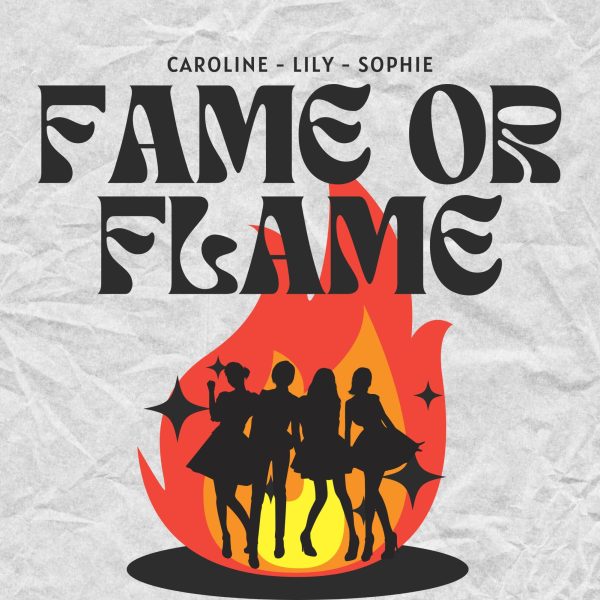Flying to Neverland
On Tuesday, August 8th, the Boston Opera House welcomed, for the first time, the new musical sensation Finding Neverland. Finding Neverland is a newly adapted broadway show which takes its audience on the journey through which J.M. Barrie envisioned and created the timeless classic, Peter Pan. Opening night for this instant classic was truly a magical experience, as the show has a way of personally touching every audience member, both young and old. Finding Neverland will have you laughing one moment and crying the next, and is certainly a must see for any fans of Peter Pan.
The musical made its world premiere at the American Repertory Theatre in Cambridge, Massachusetts in 2014. From then, it became a Broadway sensation and now is in the middle of its National Tour for all to see. In the post-show Q&A, director Diane Paulus reveals that there was great joy in preparing the Broadway show for its National Tour. She claims that unwrapping and dissecting the show was a positive experience, as it was exciting to get back into the creative process and to revisit the show once again.
One thing about Finding Neverland that makes it such a captivating show is the role of the ensemble. While other Broadway shows merely use the ensemble as background singers and dancers, the ensemble in Finding Neverland has true personality and adds a different dimension to the musical as a whole.
The main role of the ensemble in the show is to offer comedic relief. While the plot of the show is incredibly powerful and touching, the ensemble allows the audience to laugh amidst all the tears. The ensemble has a unique role in the show as both the theater troupe to which J.M. Barrie writes for, and later in the show, as the cast of his new play, Peter Pan. As the theater troupe, the ensemble is very humorous in conversation with each other, Barrie, and director Charles Frohman. Each member of the ensemble has an opinion to express, a fight to pick, or a joke to make, just as a real theater troupe would. This second layer that the ensemble works to create truly takes the audience back to 1904 London and connect with the show on another level.
The choreography in Finding Neverland is both fabulously intricate while also being quite simple. The characters throughout the musical use tableau’s to further define the songs, and the precise movements give the story comedic timing while also a sense of imagination. The synchronization between the entire cast makes the show fun and entrancing and creates an exceptional form of fluidity. The choreography in moving numbers such as “What You Mean to Me” uses very simple movements to portray astounding emotion. Watching the ensemble dance is almost addicting, as the pictures the dancers create draws the audience’s attention to many different places at once. This is atypical to recent broadway musicals where the actual song lyrics carry most of the emotion, such as are portrayed in recent contemporary musicals such as Rent and Wicked.
When describing the show, actor John Davidson, who portrays Charles Frohman and Captain James Hook, muses that Finding Neverland is “finding the courage to write your own story…to find the child within you”. The show is based off of imagination, and it truly brings the child out of the audience members. The fun dances and compelling story makes it truly a standout as a well-thought biopic that quite possibly tells a more captivating and touching story than Peter Pan itself.
















